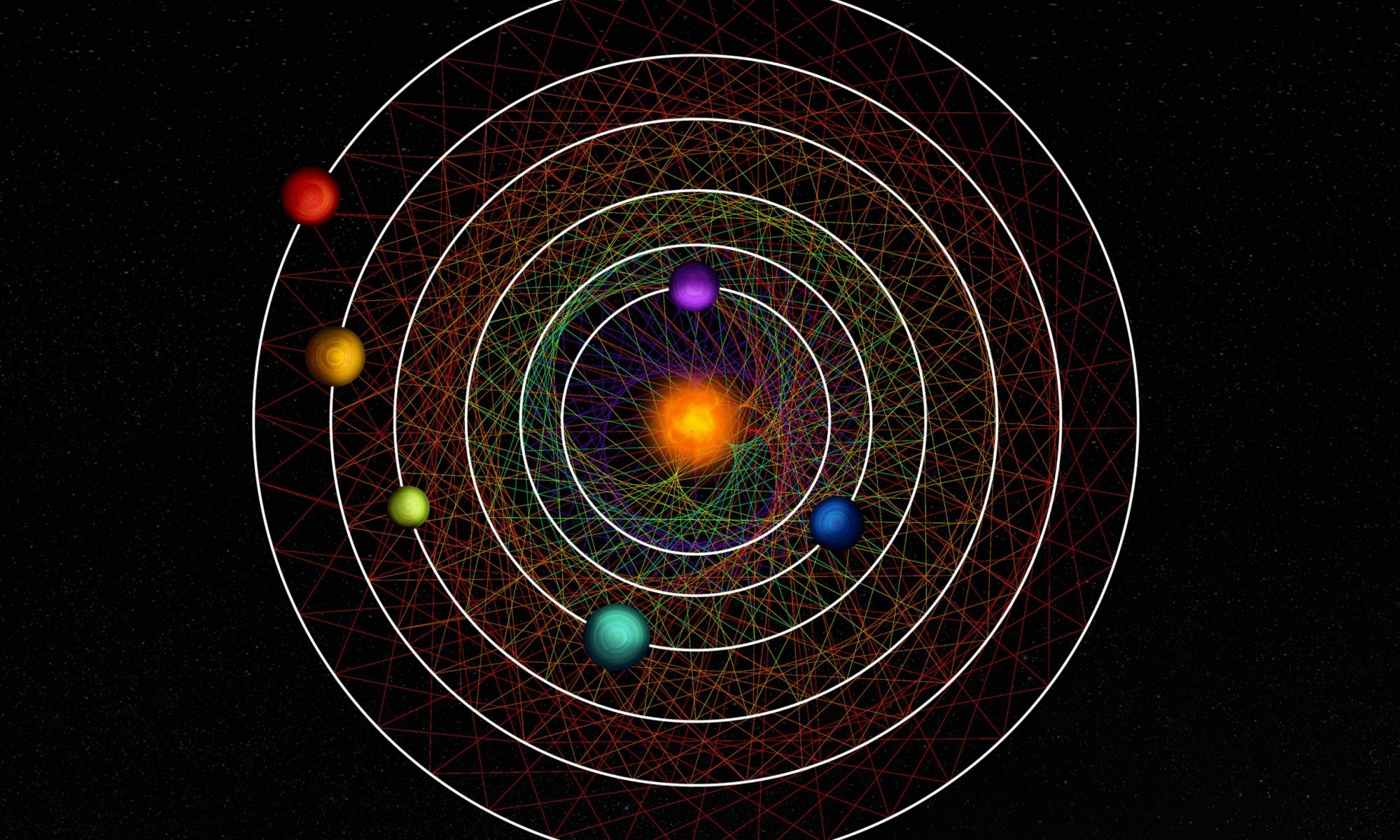A team of researchers led by University of Chicago astronomer Rafael Luque analyzed data acquired by both NASA’s Transiting Exoplanet Survey Satellite (TESS) and ESA’s CHaracterising ExOPlanet Satellite (Cheops) and found a unique planetary system. Orbiting a star cataloged as HD110067, this system contains six sub-Neptune planets. Incredibly, all six planets are orbiting in direct resonance with each other. The results of the work were published on November 29 in Nature.
Continue reading “A Planetary System With Six Sub-Neptunes Locked in Perfect Resonance”It Doesn’t Take Much to Get Tilted Planets

Chinese and Indian astronomers were the first to measure Earth’s axial tilt accurately, and they did it about 3,000 years ago. Their measurements were remarkably accurate: in 1120 BC, Chinese astronomers pegged the Earth’s axial tilt at 24 degrees. Now we know that all of the planets in the Solar System, with the exception of Mercury, have some tilt.
While astronomers have puzzled over why our Solar System’s planets are tilted, it turns out it’s rather normal.
Continue reading “It Doesn’t Take Much to Get Tilted Planets”Next Generation Space Telescopes Could Use Deformable Mirrors to Image Earth-Sized Worlds
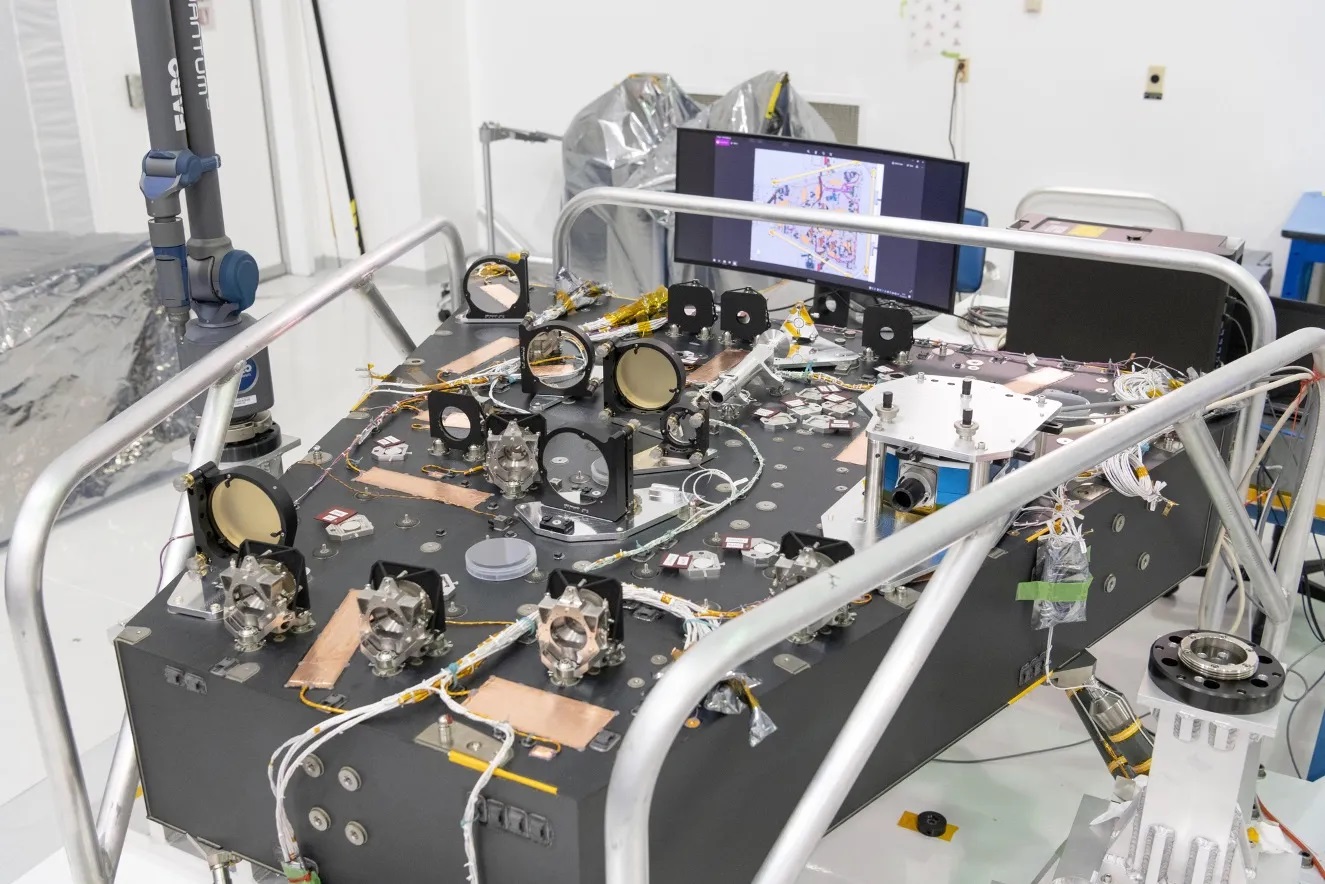
Observing distant objects is no easy task, thanks to our planet’s thick and fluffy atmosphere. As light passes through the upper reaches of our atmosphere, it is refracted and distorted, making it much harder to discern objects at cosmological distances (billions of light years away) and small objects in adjacent star systems like exoplanets. For astronomers, there are only two ways to overcome this problem: send telescopes to space or equip telescopes with mirrors that can adjust to compensate for atmospheric distortion.
Since 1970, NASA and the ESA have launched more than 90 space telescopes into orbit, and 29 of these are still active, so it’s safe to say we’ve got that covered! But in the coming years, a growing number of ground-based telescopes will incorporate adaptive optics (AOs) that will allow them to perform cutting-edge astronomy. This includes the study of exoplanets, which next-generation telescopes will be able to observe directly using coronographs and self-adjusting mirrors. This will allow astronomers to obtain spectra directly from their atmospheres and characterize them to see if they are habitable.
Continue reading “Next Generation Space Telescopes Could Use Deformable Mirrors to Image Earth-Sized Worlds”Wow. JWST Just Found Methane in an Exoplanet Atmosphere
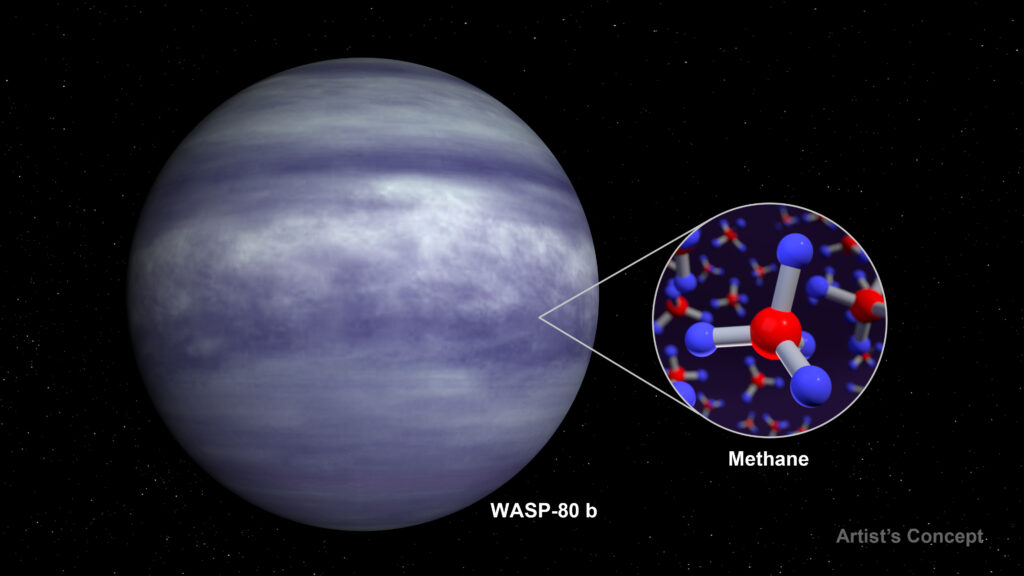
If there’s one chemical that causes excitement in the search for biosignatures on other worlds, it’s methane. It’s not a slam dunk because it has both biotic and abiotic sources. But finding it in an exoplanet’s atmosphere means that planet deserves a closer look.
Continue reading “Wow. JWST Just Found Methane in an Exoplanet Atmosphere”Civilizations Could Use Gravitational Lenses to Transmit Power From Star to Star
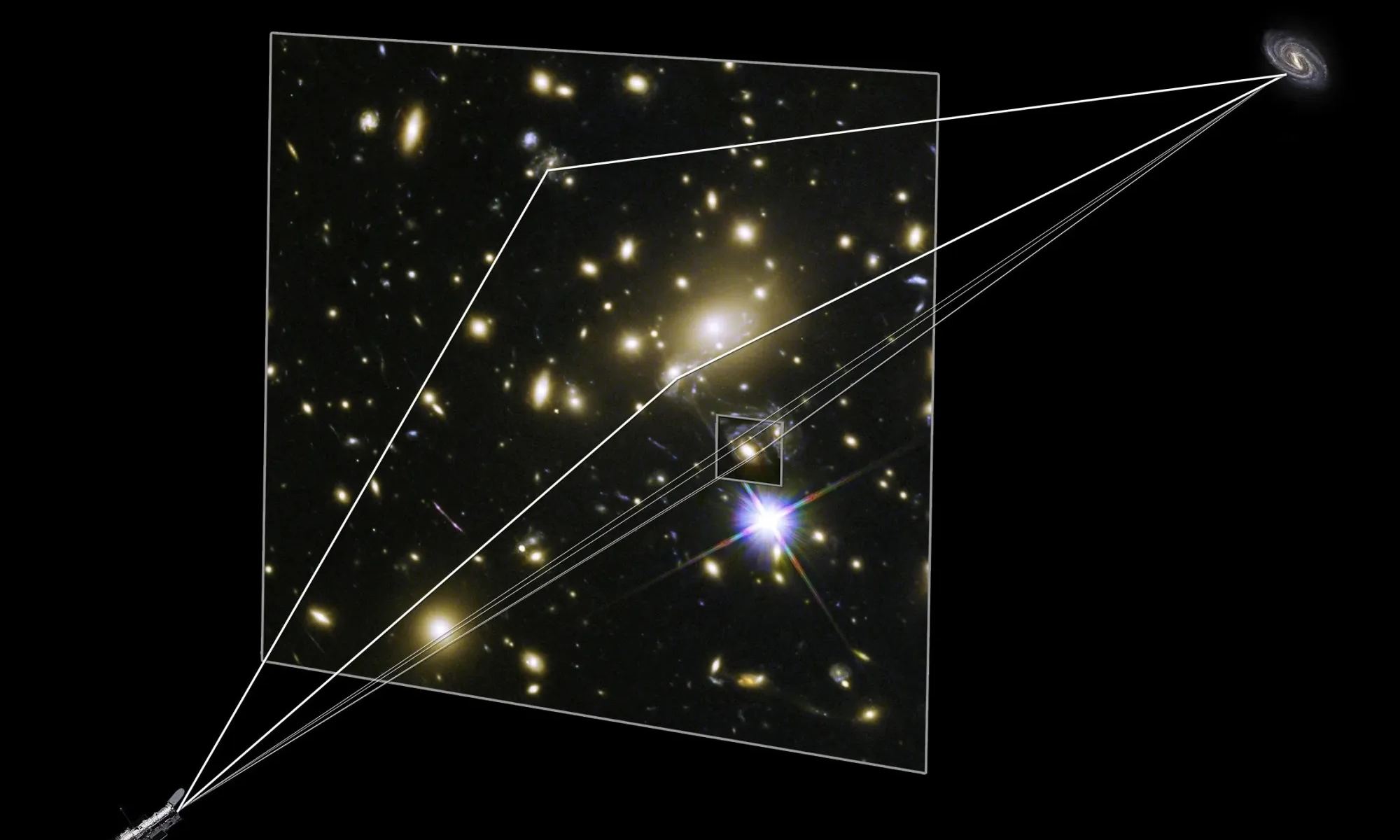
In 1916, famed theoretical physicist Albert Einstein put the finishing touches on his Theory of General Relativity, a geometric theory for how gravity alters the curvature of spacetime. The revolutionary theory remains foundational to our models of how the Universe formed and evolved. One of the many things GR predicted was what is known as gravitational lenses, where objects with massive gravitational fields will distort and magnify light coming from more distant objects. Astronomers have used lenses to conduct deep-field observations and see farther into space.
In recent years, scientists like Claudio Maccone and Slava Turyshev have explored how using our Sun as a Solar Gravity Lens (SGL) could have tremendous applications for astronomy and the Search for Extratterstiral Intelligence (SETI). Two notable examples include studying exoplanets in extreme detail or creating an interstellar communication network (a “galactic internet”). In a recent paper, Turyshev proposes how advanced civilizations could use stellar gravitational lenses to transmit power from star to star – a possibility that could have significant implications in our search for technosignatures.
Continue reading “Civilizations Could Use Gravitational Lenses to Transmit Power From Star to Star”Old Data from Kepler Turns Up A System with Seven Planets
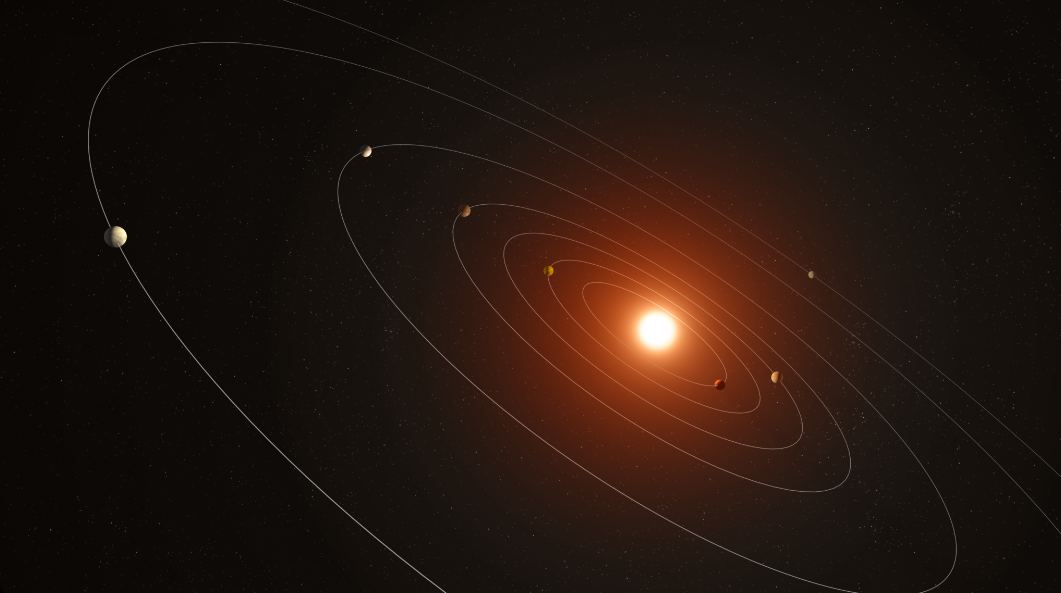
NASA’s Kepler mission ended in 2018 after more than nine years of fruitful planet-hunting. The space telescope discovered thousands of planets, many of which bear its name. But it also generated an enormous amount of data that exoplanet scientists are still analyzing.
Now, a team of researchers has shed new light on a seven-planet system in Kepler’s ocean of data.
Continue reading “Old Data from Kepler Turns Up A System with Seven Planets”White Dwarfs Could Support Life. So Where are All Their Planets?

Astronomers have found plenty of white dwarf stars surrounded by debris disks. Those disks are the remains of planets destroyed by the star as it evolved. But they’ve found one intact Jupiter-mass planet orbiting a white dwarf.
Are there more white dwarf planets? Can terrestrial, Earth-like planets exist around white dwarfs?
Continue reading “White Dwarfs Could Support Life. So Where are All Their Planets?”Three Planets Around this Sunlike Star are Doomed. Doomed!

According to new research we can start writing the eulogy for four exoplanets around a Sun-like star about 57 light years away. But there’s no hurry; we have about one billion years before the star becomes a red giant and starts to destroy them.
Continue reading “Three Planets Around this Sunlike Star are Doomed. Doomed!”JWST Searches for Planets in the Fomalhaut System

The Fomalhaut system is nearby in astronomical terms, and it’s also one of the brightest stars in the night sky. That means astronomers have studied it intensely over the years. Now that we have the powerful James Webb Space Telescope the observations have intensified.
The Fomalhaut system has a confounding and complex dusty disk, including a dusty blob. The blob has been the subject of an ongoing debate in astronomy. Can the JWST see through its complexity and find answers to the systems unanswered questions?
Continue reading “JWST Searches for Planets in the Fomalhaut System”What’s the Best Way to Find Planets in the Habitable Zone?
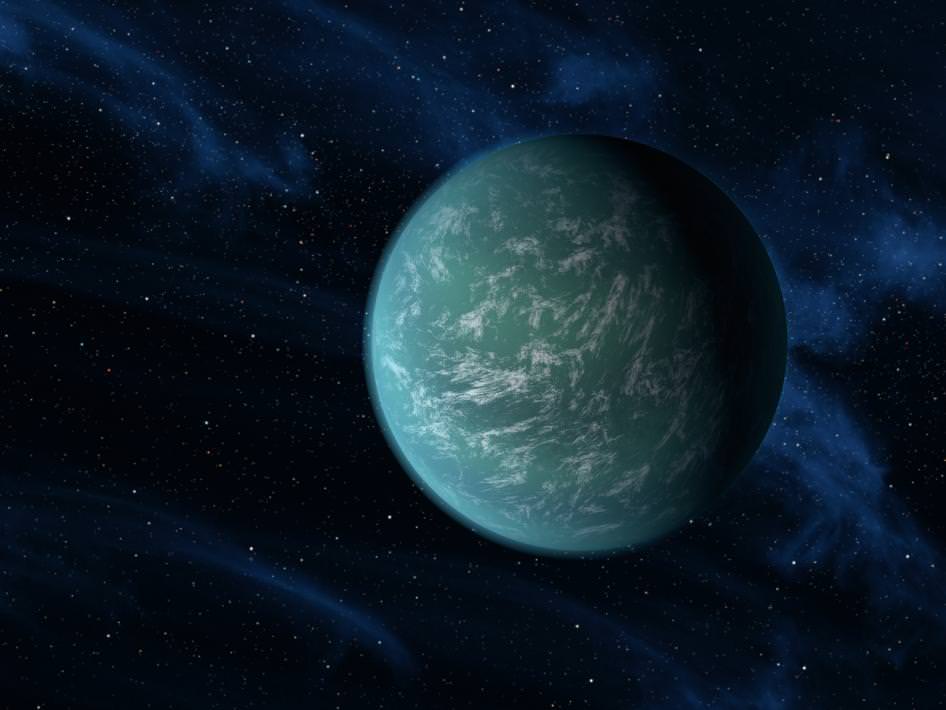
Despite the fact that we’ve discovered thousands of them, exoplanets are hard to find. And some types are harder to find than others. Naturally, some of the hardest ones to find are the ones we most want to find. What can we do?
Keep working on it, and that’s what a trio of Chinese scientists are doing.
Continue reading “What’s the Best Way to Find Planets in the Habitable Zone?”
